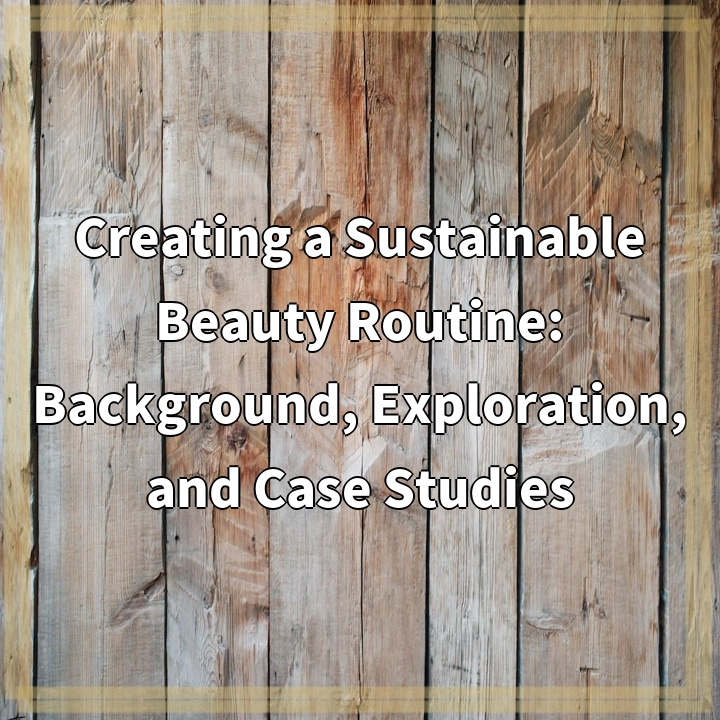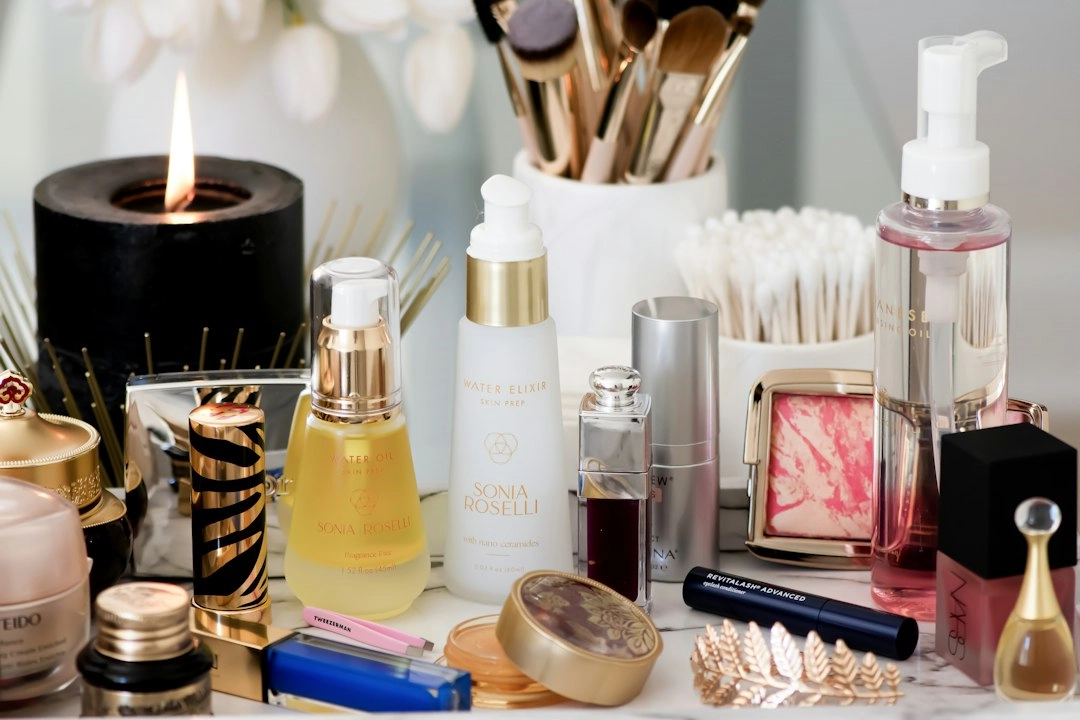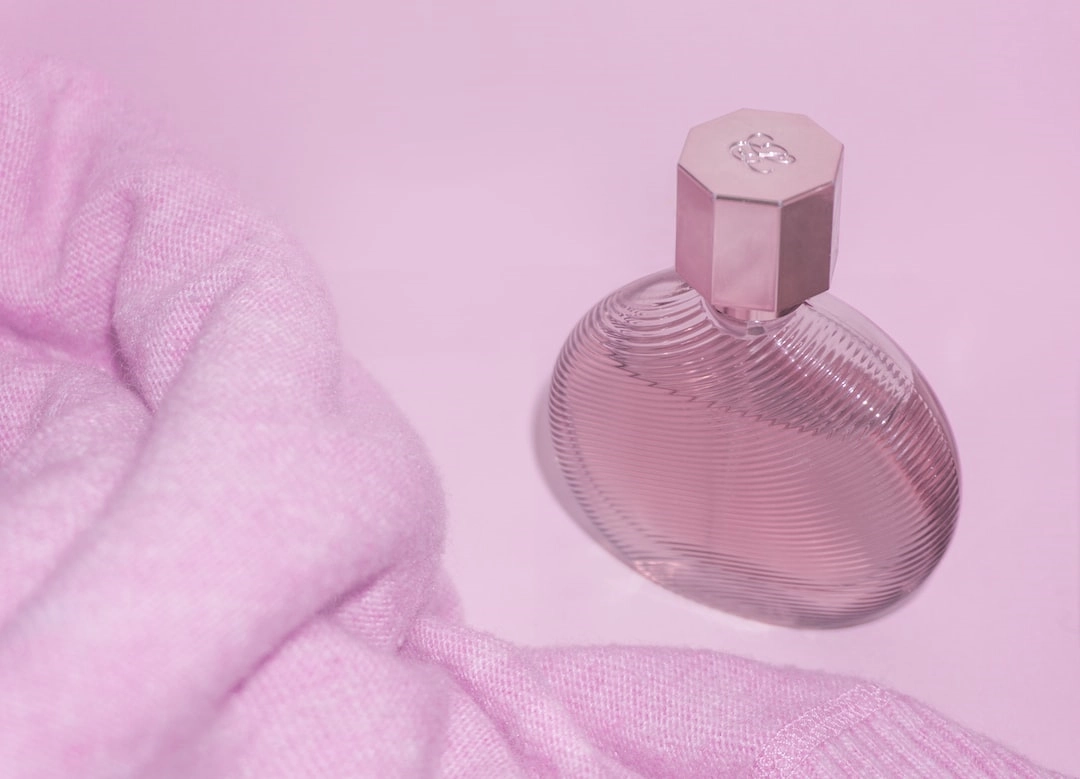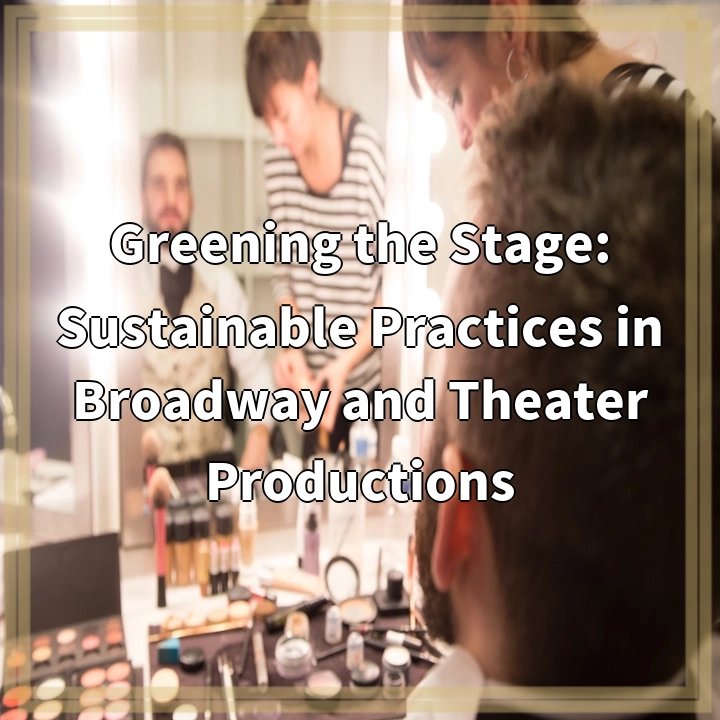
What is Creating a Sustainable Beauty Routine?
Creating a sustainable beauty routine involves making conscious choices in the beauty products we use and the habits we adopt, with the aim of minimizing our impact on the environment. It goes beyond personal care to incorporate eco-friendly practices that consider the entire life cycle of a product, from sourcing ingredients to packaging and disposal.
Real-World Problems Associated with Unsustainable Beauty Routines
Unsustainable beauty routines contribute to various environmental problems, including:
Pollution and Waste Generation
Conventional beauty products often contain harmful chemicals that can contaminate waterways when washed off. Additionally, the excessive use of single-use plastic packaging in the beauty industry contributes to plastic waste accumulation.
Deforestation and Habitat Loss
Many beauty products contain ingredients sourced from sensitive ecosystems, such as palm oil derived from rainforests. The demand for these ingredients leads to deforestation, habitat loss, and threatens biodiversity.
Carbon Footprint
The manufacturing, transportation, and disposal of beauty products contribute to greenhouse gas emissions, exacerbating climate change. This includes the energy-intensive processes involved in producing synthetic chemicals and the carbon emissions from shipping products globally.
Animal Testing and Cruelty
Some beauty brands continue to test their products on animals, causing unnecessary harm and suffering. This practice raises ethical concerns and conflicts with the principles of sustainability and compassion towards animals.
Health and Personal Well-being
Many conventional beauty products contain potentially harmful ingredients that can have adverse effects on human health. These may include allergens, endocrine disruptors, and carcinogens, highlighting the need for safer and more natural alternatives.
In conclusion
Creating a sustainable beauty routine is essential for mitigating these real-world problems. By choosing ethically produced, eco-friendly products and supporting brands with transparent and sustainable practices, we can contribute to a healthier planet and a more conscious personal care routine.

Solutions for Creating a Sustainable Beauty Routine
To address the real-world problems associated with unsustainable beauty routines, here are some solutions to consider:
1. Choose Natural and Eco-Friendly Products
Opt for beauty products made from natural and organic ingredients, free from harsh chemicals and toxins. Look for certifications like “organic,” “vegan,” or “cruelty-free” to ensure ethical and sustainable manufacturing practices.
2. Reduce, Reuse, and Recycle Packaging
Select products with minimal or recyclable packaging. Avoid single-use plastic containers and seek refillable or reusable options. Properly recycle empty containers to minimize waste generation.
3. Support Sustainable and Ethical Brands
Research and choose beauty brands that prioritize sustainability, transparency, and social responsibility. Look for certifications like “Fair Trade” or “B Corporation” to ensure ethical sourcing, fair labor practices, and community support.
4. Avoid Ingredients with Negative Environmental Impact
Educate yourself about the environmental impacts of specific ingredients and avoid those associated with deforestation, habitat destruction, or pollution. Choose alternatives sourced from sustainable and eco-friendly suppliers.
5. DIY Natural Beauty Products
Explore do-it-yourself (DIY) recipes to make your own beauty products using natural and easily accessible ingredients. This reduces reliance on store-bought products and allows better control over the ingredients used.
6. Seek Sustainable Packaging Alternatives
Support brands that use innovative and sustainable packaging materials such as biodegradable or compostable options. Look for companies that prioritize reducing their carbon footprint throughout the product lifecycle.
7. Embrace Minimalism and Quality
Adopt a minimalist approach to beauty and focus on purchasing high-quality, long-lasting products. Avoid impulse buying and prioritize purchases that align with your values and needs, reducing waste and overconsumption.
8. Advocate for Change
Engage in conversations about sustainable beauty and encourage others to make conscious choices. Support initiatives and campaigns that promote sustainable practices in the beauty industry and advocate for stricter regulations.
In Conclusion
By incorporating these solutions into our beauty routines, we can contribute to a more sustainable and eco-friendly approach to personal care. Small changes in our everyday habits can make a significant impact on the environment while also promoting healthier choices for ourselves and future generations.















